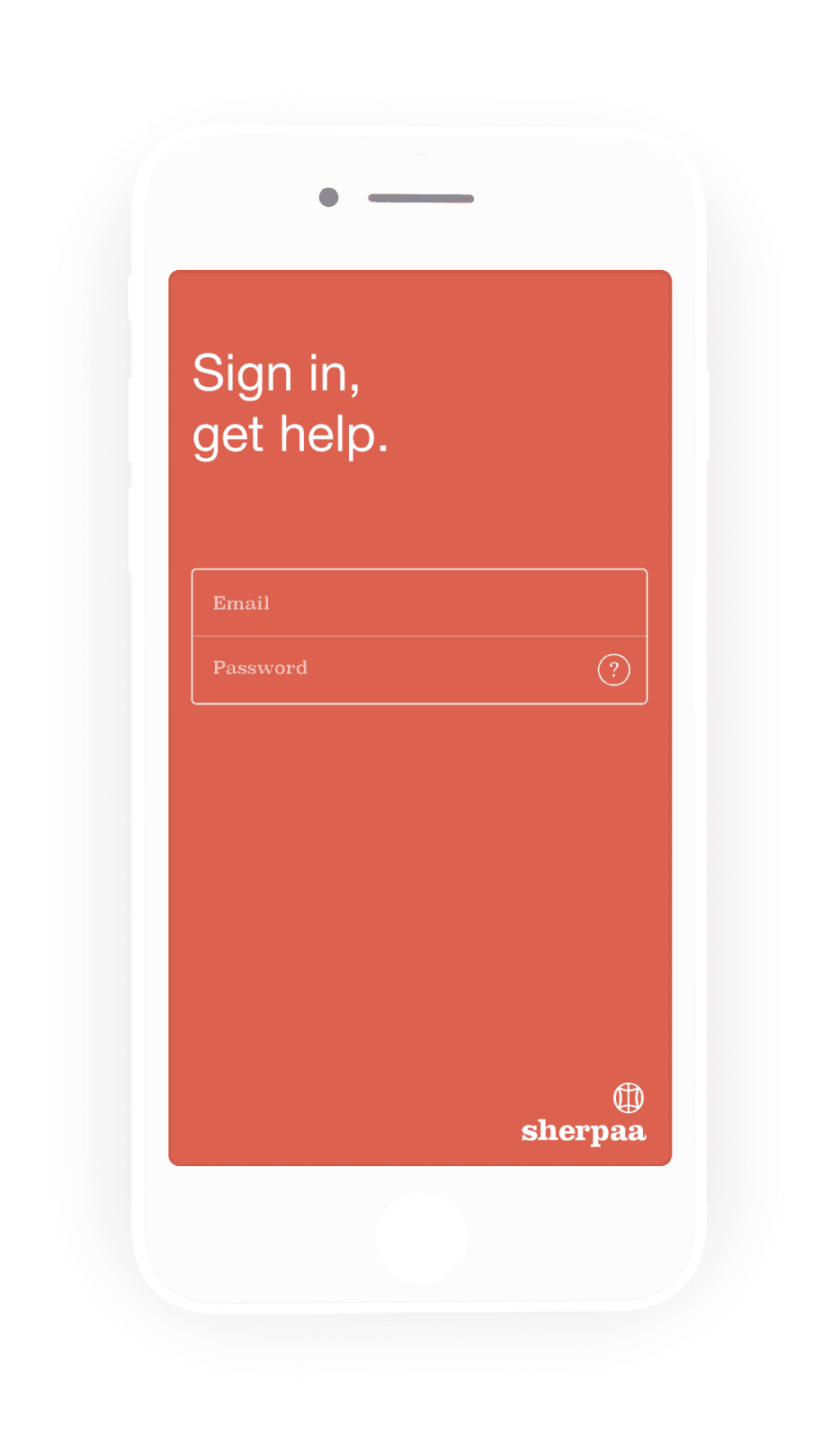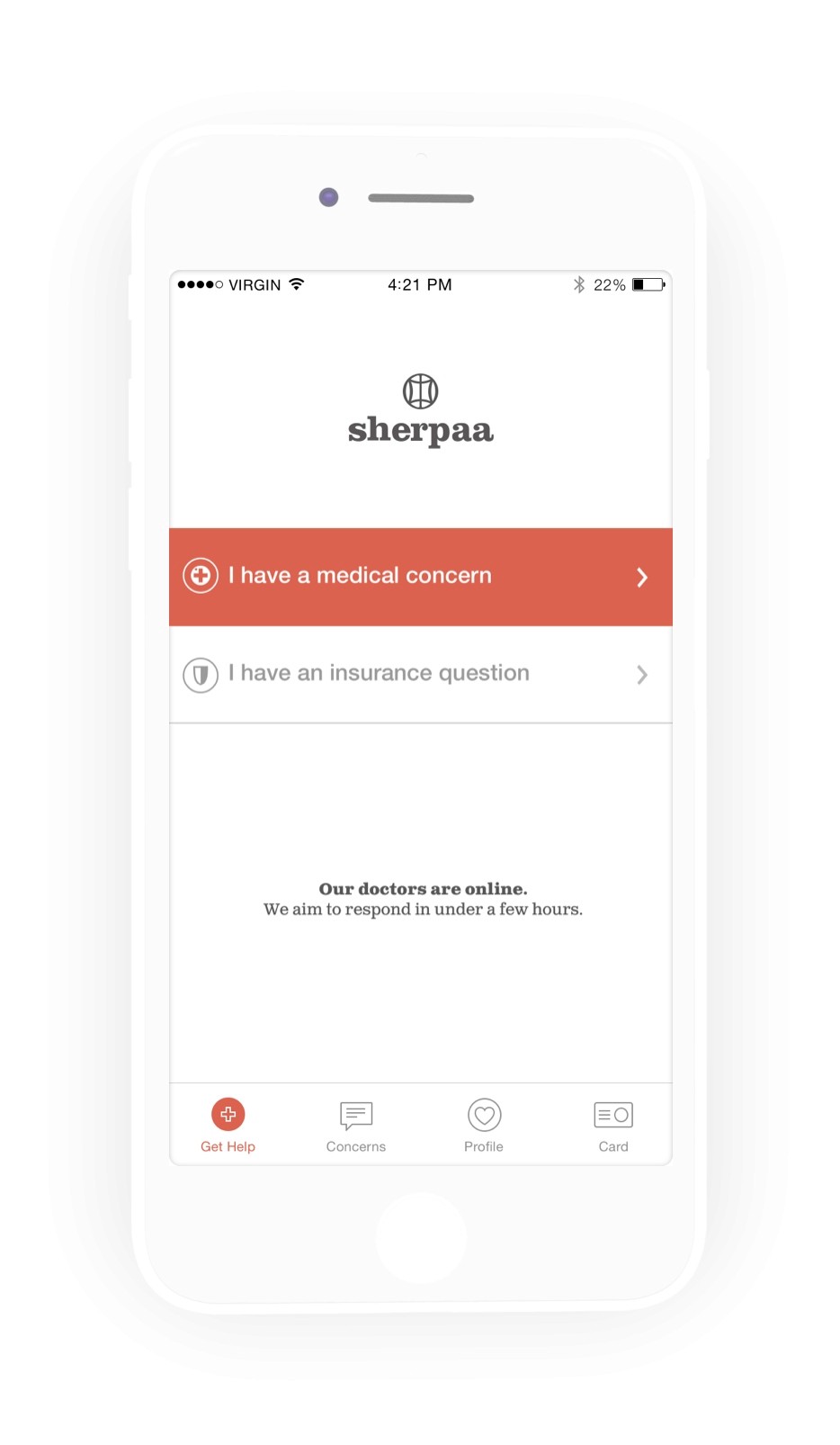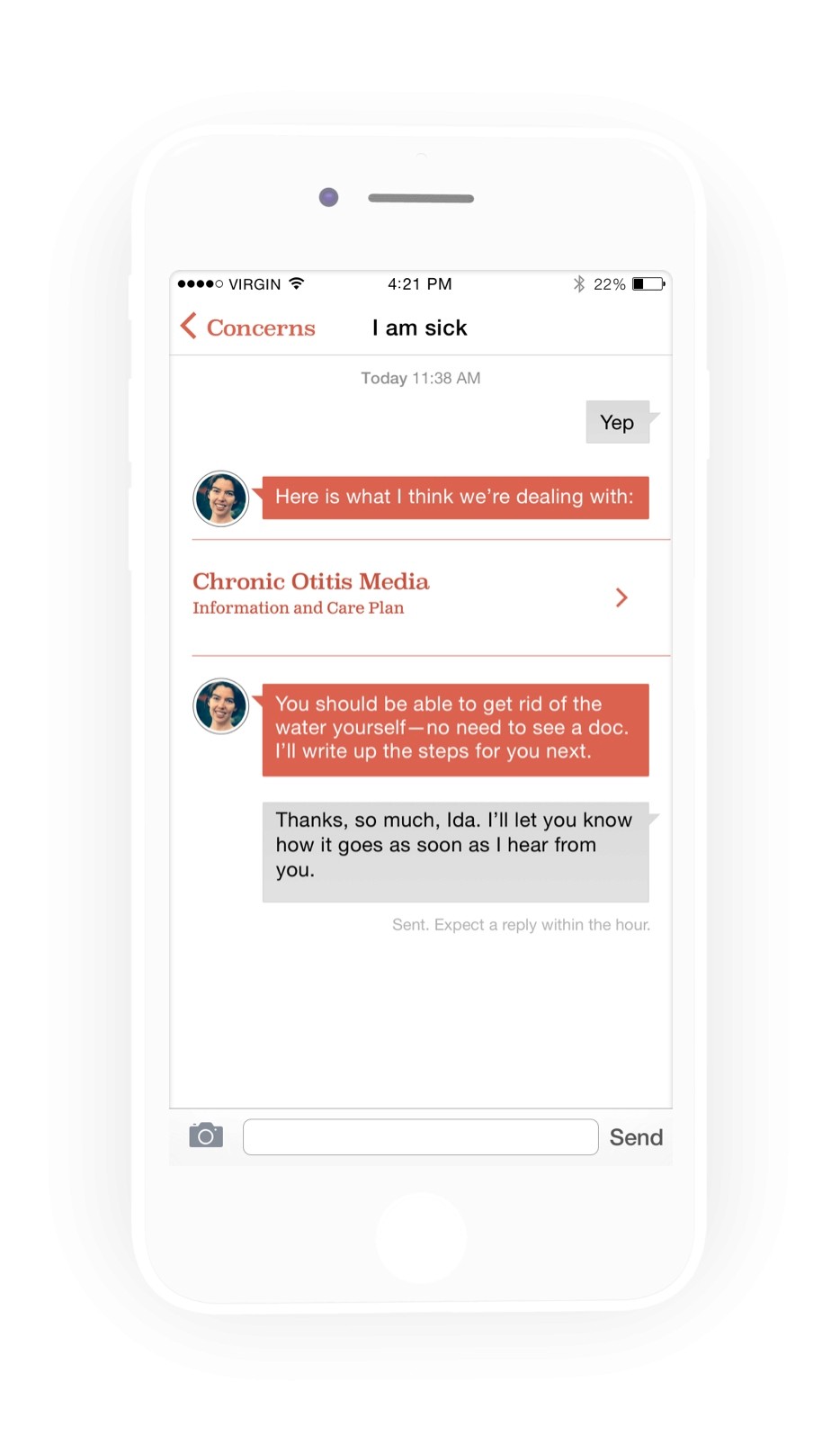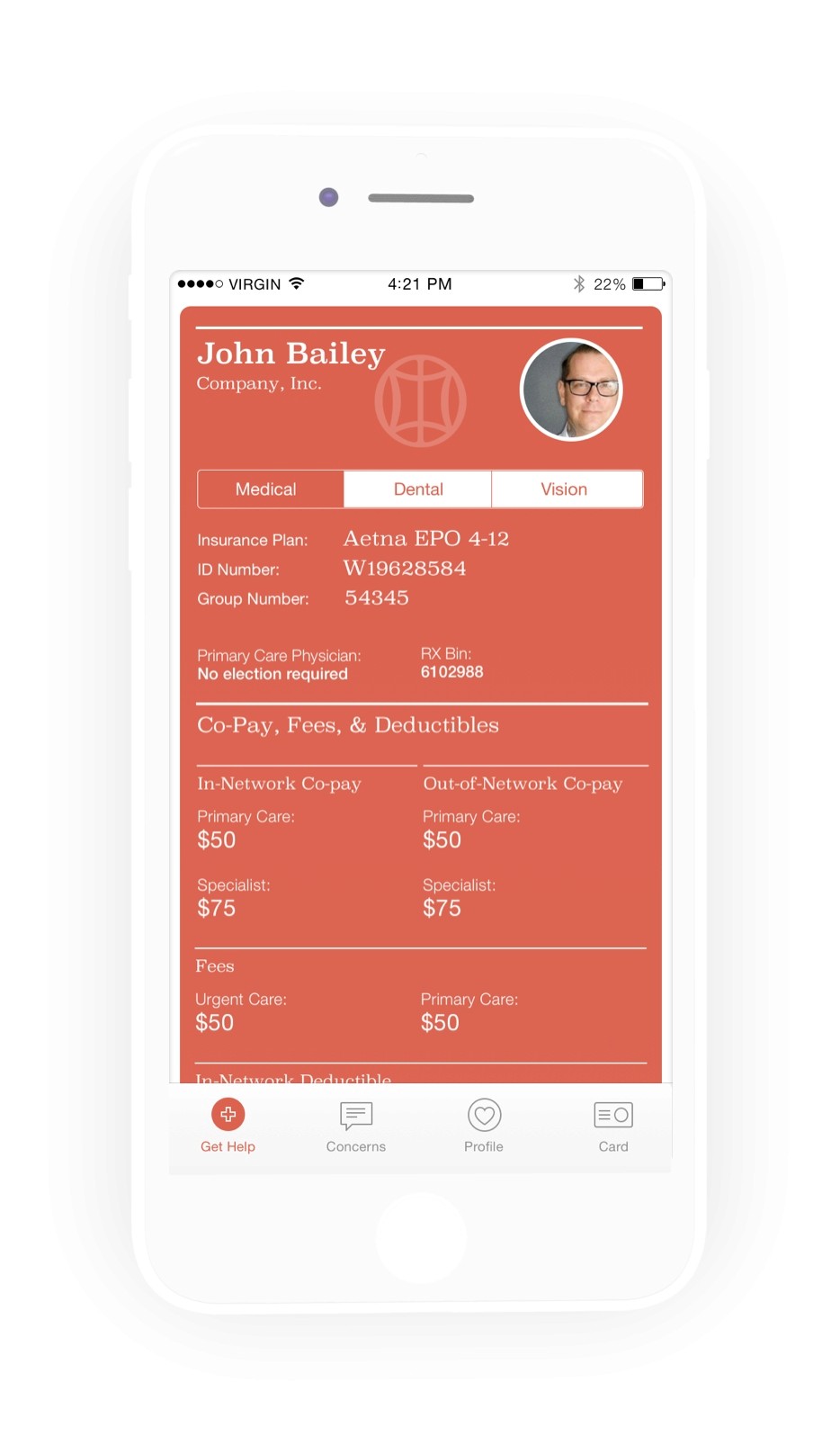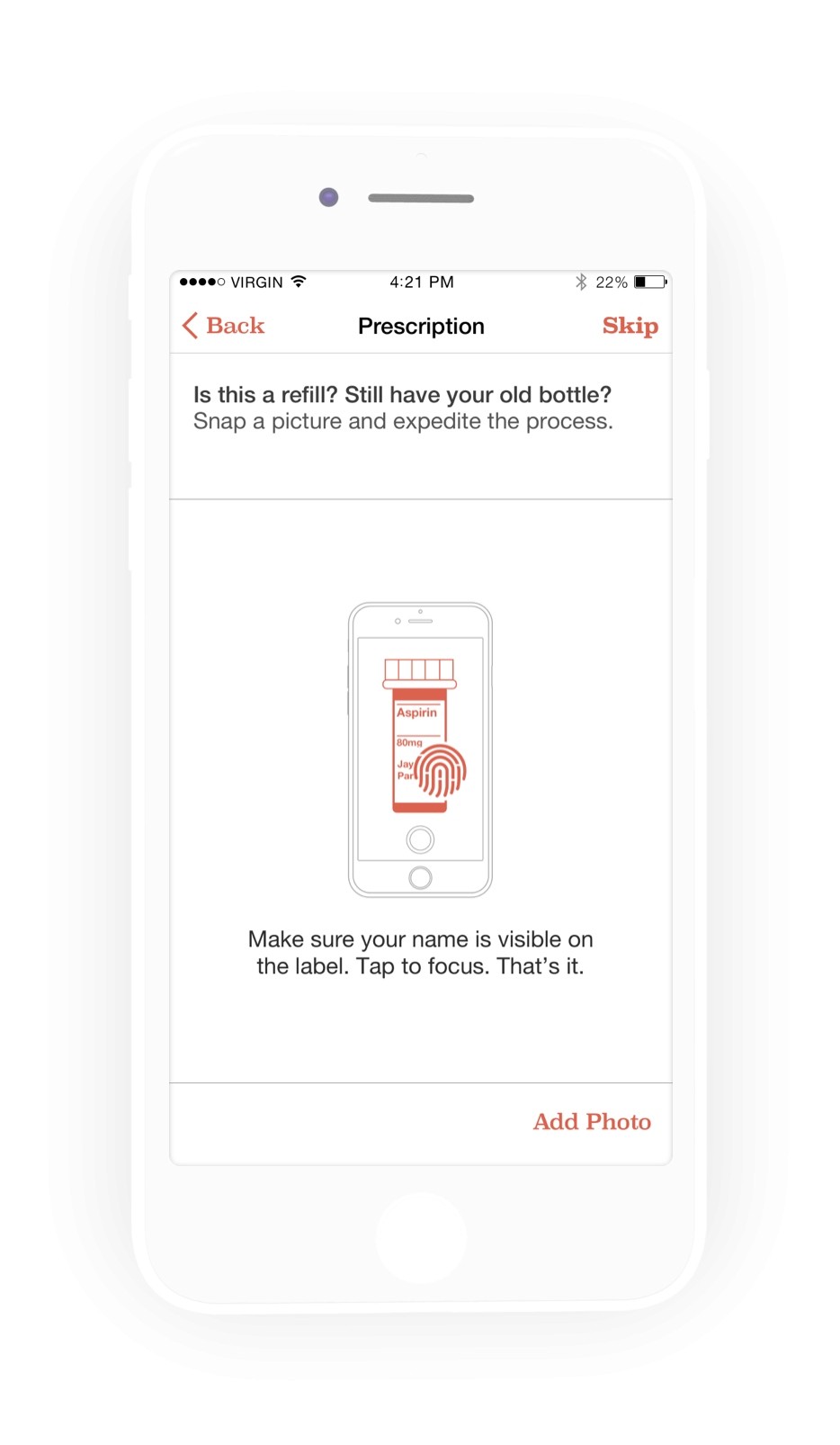We started Sherpaa to make healthcare easy.
1
Design every touchpoint to build trust.
2
Design for a specific audience— folks who want something new and better.
3
Be bold and different. We are not the medical industrial complex and don't talk like them. Resonate with folks who want to live in the future.
4
Good care is project management. Doctors should have all the tools they need to “project manage” all the moving parts of their patient’s condition over time. An EMR won’t cut it.
5
Empowered, happy doctors make happy patients. Arm them with policies and technology that give the team superpowers and a sense of ownership of their patients’ outcomes.
6
Care needs to be consistent over time from the same doctor. Problems are rarely solved by a rotating cast of characters.
7
Online doctors need all their traditional tools to order labs, imaging, and/or coordinate local care with a curated network of trusted specialists.
8
Entice patients from brick and mortar to online-first care. Google bested the library and Uber bested the taxi stand. Starting online unlocks an infinitely better way of doing things.
9
Online care should cost the patient nothing and be subsidized by the employer or health plan.
10
Healthcare is just communication. Make it easy for doctors and patients to communicate like we all do nowadays via messaging, photos, phone, and video.
For employers and health plans
Sherpaa is a new kind of benefits company. We act as an in-house group of doctors for your employees or members. Any time they have a health concern, they reach out to their Sherpaa doctor first. Not only does this prevent unnecessary traditional claims, we coordinate intelligent care with local specialists and facilities to save on downstream costs. Everyone wins.
For patients
We're an experienced doctor available to you 24/7 for any of your health issues, both acute and chronic. It's concierge care for all.
Sherpaa's brand was beautiful, simple, opinionated, and playful. Our visuals were bold and eye-catching, and our communications were consistently engaging enough to remain memorable. We made it our mission to educate patients about healthcare's frustrations—because we offered the solution.
Sherpaa's elegant simplicity and ease of use made our technology feel less like traditional healthcare and more like the everyday apps people know and love.
We built our own platform because what we needed still doesn’t exist. Think of our platform as Slack (to communicate between the care team and patients) meets a project management tool (because that pneumonia is a 3 week project with a lot of moving parts) meets a skinny EMR (because doctors need to prescribe, order labs, make referrals, etc.).
Sherpaa served cutting-edge employers, forward-thinking health plans, and individuals seeking concierge-style medical care. Organizations could track member engagement, measure Sherpaa's impact on their population, and monitor member feedback.
“The Doctor Is In
(Well, Logged In).”
—New York Times
“One Doc’s Prescription For Hassle-Free Healthcare.”
—NPR
“Sounds Boring, Actually Awesome.”
—TechCrunch
“Why Telemedicine Needs to Redesign the Doctor’s Appointment”
—Wired
“Innovation in healthcare has come at last.’”
—Socialdriver
“Best 22 New Startups.”
—Business Insider
Sherpaa had a great run before it was acquired by Crossover Health in 2019. And while the brand was phased out at the end of 2021, Sherpaa became the foundation for the next generation of healthcare services, improving even more peoples’ lives.
Via Crossover, the remains of Sherpaa now serve:
Amazon
Meta
Apple
Microsoft
Visa
Boeing
…and other leading companies.


